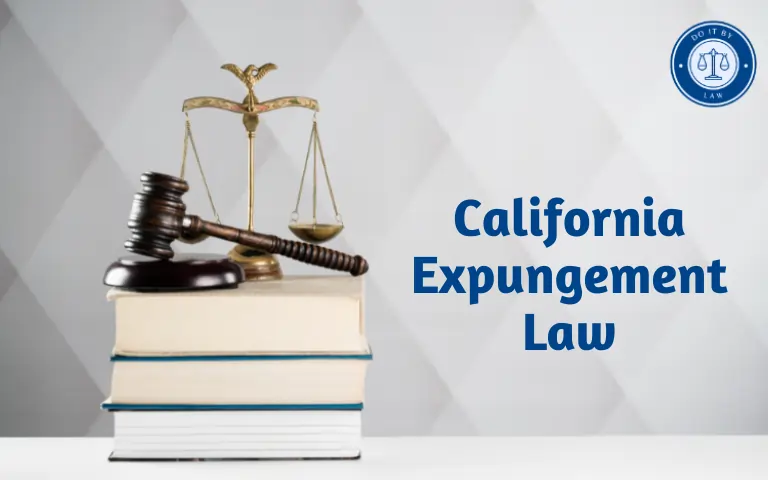California Alimony Laws: What You Need to Know
California Alimony Laws mandates judges evaluating the support needs of separated spouses consider marital standard of living history, earning capacities, assets, and more when determining fair alimony allowances following dissolution to transition into independent lives.
When California Enacted Formal Alimony Laws and Their Underlying Rationale
Concepts of spousal support within divorces first emerged under early American common law doctrines adapted from English traditions obligating husbands to uphold marital lifestyle provisions for wives post-separation under prevailing gender conventions of the era.
As westward expansion continued, California State officially incorporated amended community property principles better protecting women’s interests upon dissolution compared to other states. However, initial allowances remained vague regarding sustained incomes from ex-spouses following finalization until more formal statutory alimony models developed nationally in the post-World War II decades of rising divorce rates.
By 1979, swelling splits in the Golden State pushed legislators to adopt specific laws guiding judges in awarding support for needier ex-partners during settlement proceedings. California Family Code Sections 4300-4360 established formal procedural rules and calculators judging factors like durations of marriage, financial means, and reasonable rehabilitation periods.
In doing so, the state embraced evolving legal views on divorce requiring consideration of economic impacts to lower-earning spouses – still more commonly females at the time – after cutting marital financial ties as social contracts. Equitable standards advanced embracing need-based remedies during settlement.
Who California Alimony Laws Apply To
As currently structured, California family codes directly apply core alimony determination guidance upon:
- Judges – Mandating review of set factors when deciding support award appropriateness for less financially independent ex-spouses meeting eligibility thresholds.
- Divorcing Spouses – Imposing responsibilities assisting courts in evaluating respective financial positions as part of settlement procedures.
- Attorneys and Mediators – Legal and conflict resolution professionals must integrate alimony determination standards advising mutually acceptable divorce term agreements.
So while gender perceptions shifted somewhat following societal gains improving women’s self-sufficiency, California laws still require those overseeing dissolutions to thoroughly assess economic standing disparities with need-based income balancing remedies available for lower-wage earners meeting eligibility proof burdens.
Key Provisions Within California Alimony Laws
Beyond the various mathematical formulas calculating support amounts and durations, other notable provisions embedded within California alimony laws include:
Standard of Living Maintenance Mandates
Judges must factor typical marital lifestyle patterns and custom needs into suitable support levels and associated property divisions. Higher-functioning ex-spouses may fund schooling or insurance costs beyond basic sustenance living expenses.
Limits on Support After Shorter Marriages
Alimony is ordinarily capped at half marriage length duration for unions under 10 years unless unique disability or caregiving barriers to financial independence justify exceptions.
Cohabitation Allowances
Support reductions or terminations are possible when receiving ex-spouse cohabitates with a new partner, depending on economic intermingling proofs.
So despite no-fault principles, family codes prevent harsh support deprivation after needier spouses invest prime years enabling wealthier counterparts’ careers when practical. Caps and exit terms also apply avoiding prolonged dependence where reasonably possible.
Penalties for Violating California Alimony Laws
As family court orders, mandated alimony payments falling into arrears potentially trigger enforcement actions through the collecting ex-spouse’s attorneys, including:
- Contempt of Court Charges – Judges can levy fines or jail time over delinquent support if paying ex-spouses fail to prove limited financial capacity despite good faith efforts meeting obligations.
- Wage Garnishments – Courts authorize directly tapping earning sources like employers to retrieve owed alimony balances through payroll deductions.
- Liens/Levies – Attorneys place claims against property or assets up for sale compelling payment of arrearages from escrow transfers before releasing funds.
- License Suspensions – California allows multiple agencies to suspend driver’s, contractor, recreational, or professional licenses over unmet family support debts until they become current.
So while mutual agreements reached through mediation ideally serve all, binding statutes protect supported spouses from damages if ordered payments go unmet without legal justification.
Recent Changes and Proposed Updates to California Alimony Laws
Among recent key evolutions in California spousal support laws include:
- 2015 legislation banning judges from unilaterally cutting amounts or durations agreed by couples in marital settlement agreements – even upon retirement or recipient’s cohabitation absent mutual consent.
- 2018 enactment of new IRS tax rules preventing alimony payers from deducting amounts paid when calculating adjusted gross income minimums for federal obligations.
Looking ahead, some legislators continue pushing equalizing laws by imposing support judgments regardless of gender. However, constitutional questions arise on prohibiting need-based discretion which more often currently still disadvantages women despite social strides improving income parity and romantically liberalized societal norms.
Other proposed amendments periodically circulating include formally mandating judges declare alimony termination dates barring emergencies rather than leaving openings for extending durations lose. Similar reforms incentivize recipients to strive toward self-sufficiency in reasonable timeframes.
Controversies and Challenges Around California Alimony Laws
Some aspects of California’s evolving alimony determinations continue sparking debates decades on, including:
Support Matching Retirement Lifestyle
Petitioners often dispute support adequacy when providing ex-spouses retire or sell assets like businesses funding elevated marital living levels despite earning loss.
Cohabitation and Need Burdens
Critics argue that “living off of alimony” disincentivizes independence for recipients in new relationships, while finding proof of shared expenses grows difficult.
Spousal Disability Ambiguities
Clearer statutes have been proposed for scenarios involving incapacitated spouses meeting exceptions to short marriage support caps.
Guideline Generalizations
Applying support thresholds based on past median incomes often falls short fitting diverse individual lifestyle needs and earning potentials impacting analysis.
Discretion Sustainability
Calls continue questioning lifetime judicial discretion model viability compared to pre-agreed support schedules and sunset provisions similar to child support conclusions.
So ensuring consistently equitable application given dynamic modern relationship complexities remains an evolving challenge as laws balance prescriptive specificity against needs-based flexibility while advocating personal responsibility.
Conclusion and Key Takeaways on California Alimony Laws
In closing, remember these key principles governing California alimony rulings:
- Courts compel higher-earning spouses to fund the sustainment of prior marital living standards for lower-wage ex-partners post-divorce, especially following lengthy marriages placing them at economic disadvantages.
- Mathematical guidelines quantify support timeframes and amounts based on historical earnings data.
- Judges decree reductions, terminations, or extensions depending on shifting financial conditions like retirement, assets, cohabitation, etc.
- Delinquent payers face steep contempt fines, revoked licenses, or liquidated property seizures unless they prove limited capacity through strict evidentiary standards.
In a nutshell, California family codes empower courts to weigh relative positions, capabilities, and barriers when calculating fair inter-spousal support sums promoting equitable transitions into sustainable independent post-divorce lives. Get it right from the start!







